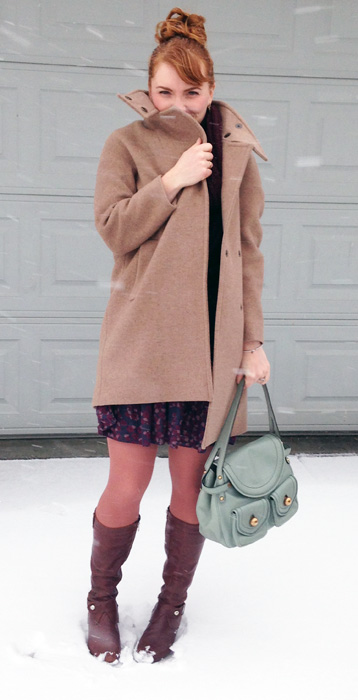
I’m liking this outfit better than my first try with this Equipment shirt. Honest! The just-sucked-a-lemon-and-possibly-smelled-a-fart smile was simply a function of a horrible Monday morning. I think that it’s extra important to wear great outfits on Mondays, because that can go a long way towards mitigating the New Week, Everyone Is Grumpy effect; this particular outfit definitely helped. So did having a Good Hair Day.

True story: one of my bosses remarked that my shoes went really well with my shirt. And they say that men don’t pay attention to details, pshaw! Also, I am incredibly predictable with the matchy-matchiness, but you already knew that.









